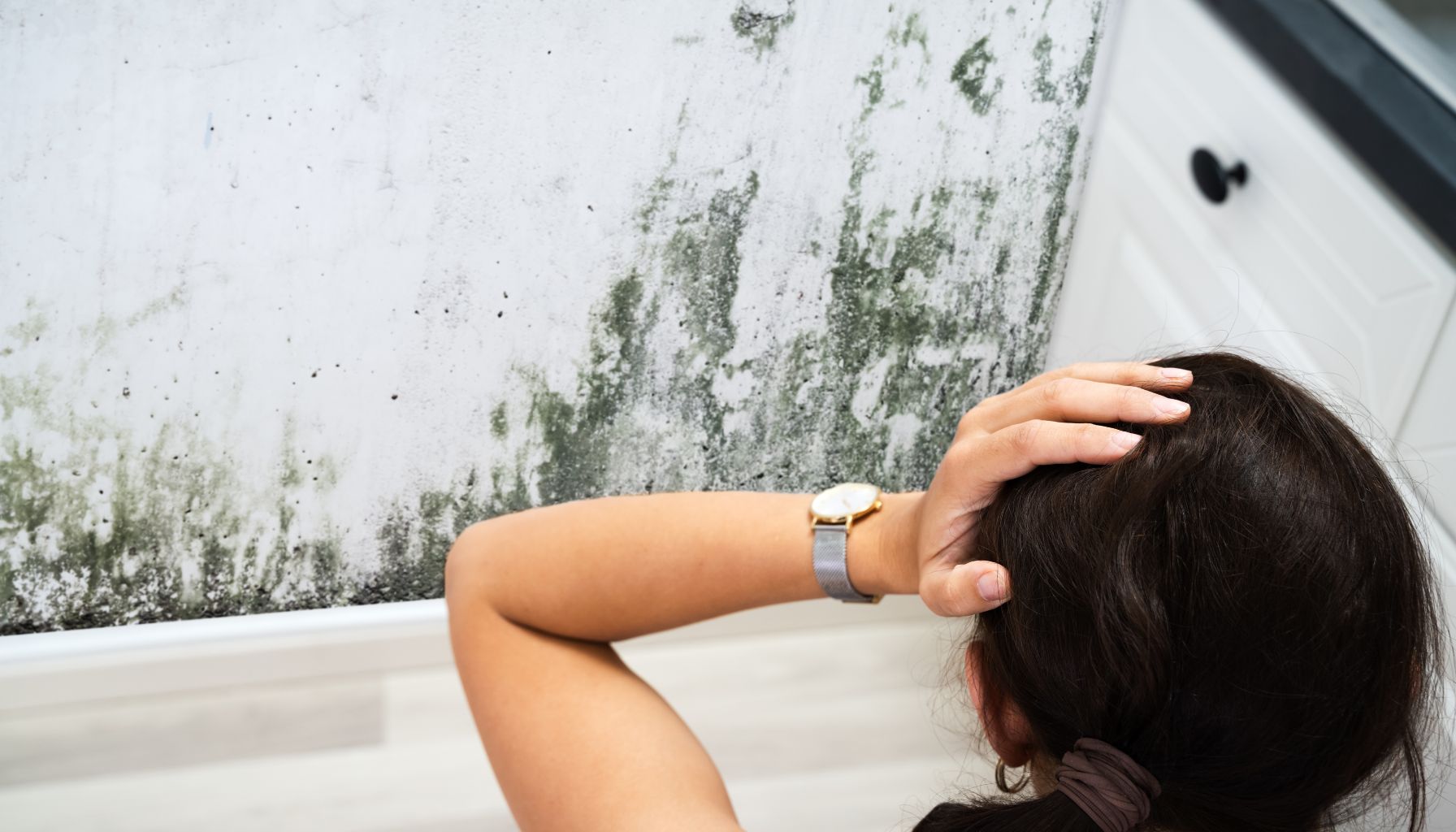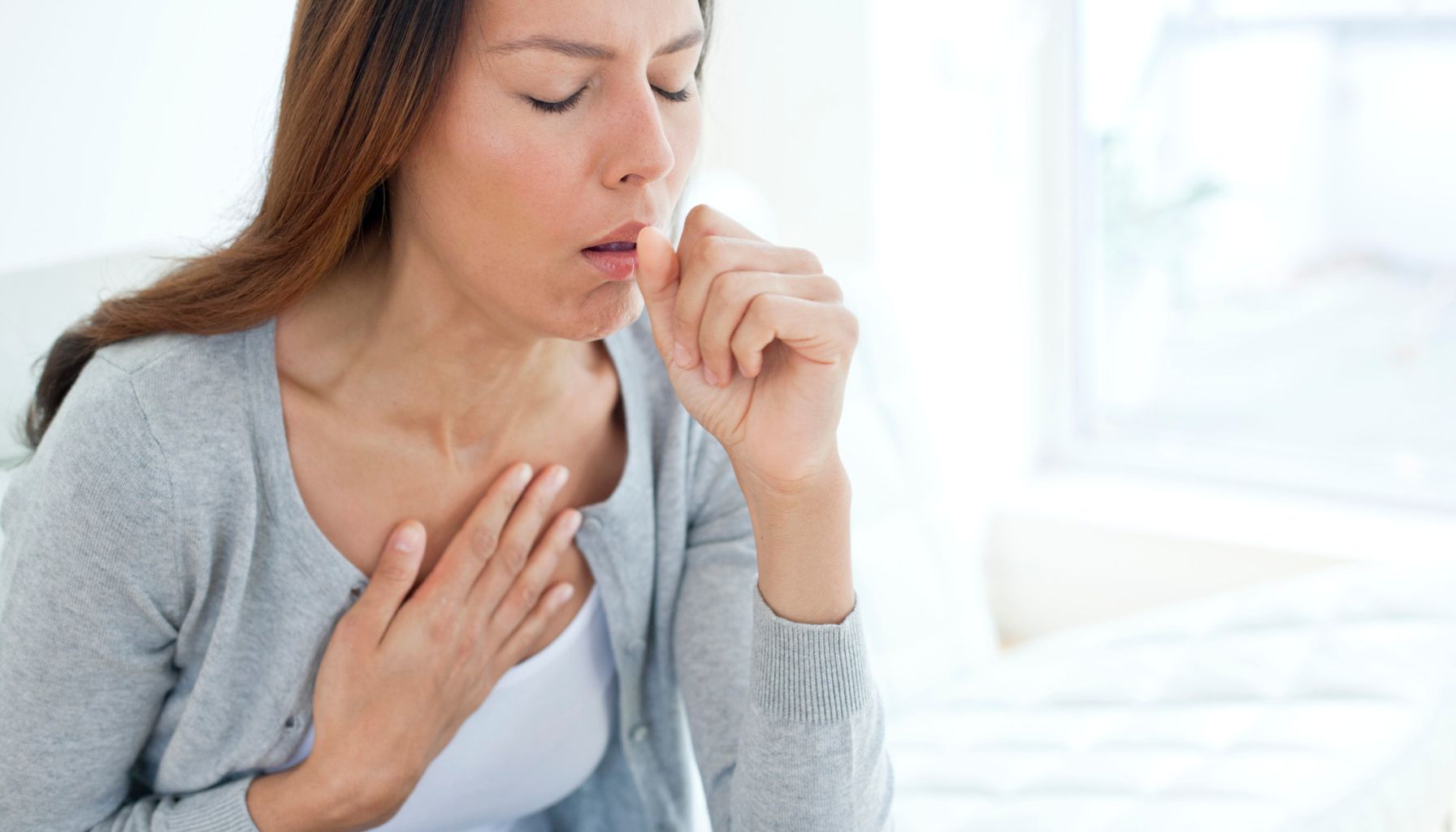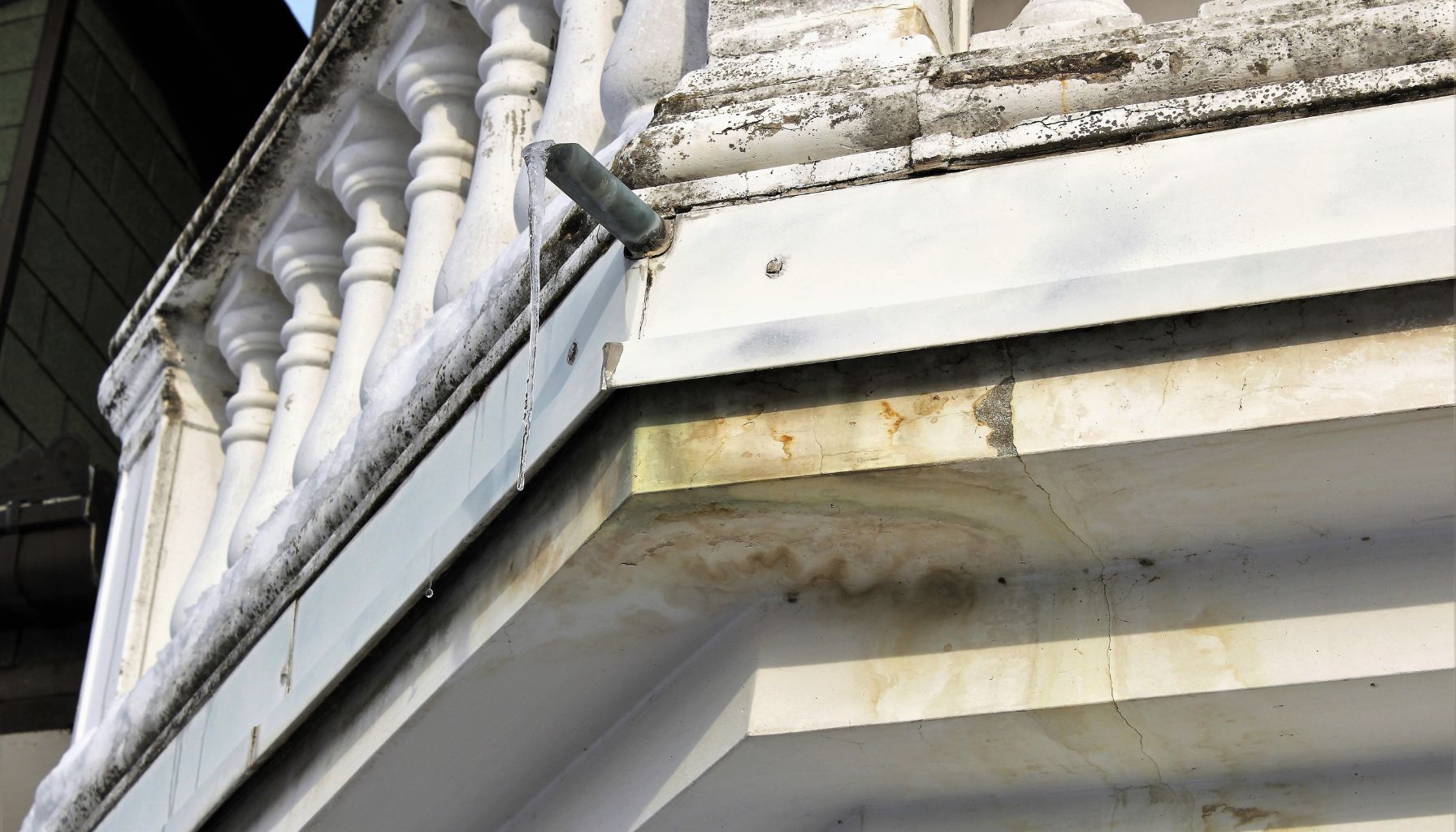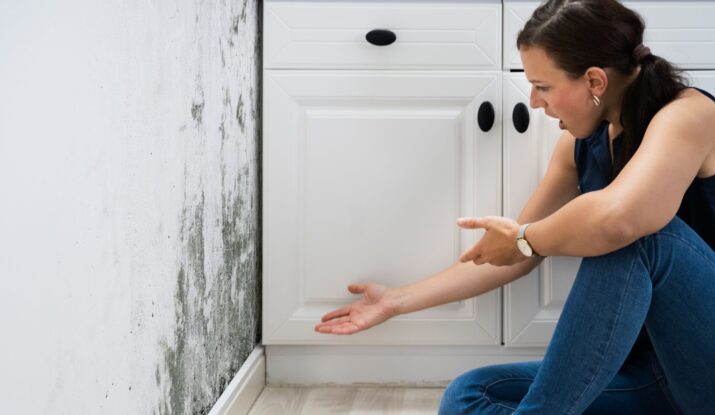Here are some simple guidelines to help you deal with mold more effectively.
If you’ve ever discovered mold damage in your home, you know how frustrating and challenging it can be to deal with. But fear not! In this article, we will reveal some of the most common mistakes people make when faced with mold damage and provide you with valuable tips on how to avoid them.
By following these simple guidelines, you can ensure a smoother and more successful experience in addressing mold issues in your home. So, let’s get started and tackle those mold problems head-on!

Ignoring the Signs of Mold
When it comes to dealing with mold damage, one of the biggest mistakes you can make is ignoring the signs. Mold is not something to take lightly, as it can lead to serious health issues and costly repairs if left untreated. By disregarding the signs of mold, you are putting yourself and your property at risk.
Disregarding Musty Smells
One common sign of mold is a musty smell. If you notice an unpleasant odor in your home or building, it could be an indication of hidden mold growth. It’s important not to ignore this smell, as mold can sometimes hide behind walls or in other hard-to-reach places. If you notice a musty odor, it’s crucial to investigate the source and take appropriate action to address any mold growth.
Overlooking Dampness and Water Damage Signs
Another sign of potential mold growth is dampness or water damage. If you see any water stains, discoloration, or peeling paint on your walls or ceilings, it could be a sign that moisture is present and mold may be growing. Ignoring these signs can lead to further mold growth and structural damage. It’s important to address any sources of moisture and repair any water damage promptly to prevent the growth of mold.
Ignoring Health Issues such as Persistent Coughing or Allergies
Your health should never be compromised, and ignoring health issues related to mold exposure is a significant mistake. Mold can trigger respiratory problems, allergies, and other health issues, especially in individuals with weakened immune systems or pre-existing respiratory conditions. If you or anyone in your household experiences persistent coughing, sneezing, watery eyes, or other allergy-like symptoms, it’s important to consider the possibility of mold exposure and take appropriate action to address the problem.

Trying DIY Mold Removal Methods
While it’s commendable to take a proactive approach to mold removal, attempting to tackle the problem on your own without the proper knowledge and equipment can lead to more harm than good. Here are some common mistakes to avoid when trying to remove mold yourself.
Using Inadequate Cleaning Agents
Using generic household cleaners may seem like a convenient solution to remove mold, but it’s important to remember that not all cleaning agents are effective against mold. In fact, using the wrong cleaning agents can sometimes exacerbate the problem or cause the mold to spread further. It’s crucial to use mold-specific cleaning products that are designed to kill and remove mold effectively.
Lack of Protective Gear When Handling Mold
Protecting yourself during mold removal is vital, as exposure to mold spores can pose health risks. Unfortunately, many individuals overlook the importance of wearing proper protective gear when dealing with mold. This can include wearing gloves, masks, goggles, and even coveralls to prevent direct contact with mold and minimize the inhalation of spores. Failing to wear the necessary protective gear can result in health complications and an increased risk of mold exposure.
Not Sealing Off The Contaminated Area Properly
When attempting to remove mold, it is crucial to seal off the contaminated area properly to prevent the spread of spores to unaffected areas of your home or building. Failing to seal off the area can result in cross-contamination, causing mold to grow in additional locations. It’s important to use plastic sheeting or tarps to isolate the contaminated area and utilize air scrubbers or negative air pressure machines to prevent spores from spreading through the air.
Failing to Address Source of Moisture
Simply removing the visible mold is not enough to solve the problem. Mold thrives in moist environments, which means that unless the source of moisture is identified and addressed, the mold will likely return. Here are some common mistakes to avoid when dealing with the source of moisture.
Ignoring Leakages
Leakages, whether from pipes, roofs, or other sources, can create the ideal conditions for mold growth. Ignoring these leakages and failing to repair them promptly can result in persistent moisture issues and continuous mold growth. It’s important to inspect your property regularly for any signs of leaks and address them immediately to prevent mold from taking hold.
Not Checking Humidity Levels
High humidity levels can contribute to mold growth, even in the absence of obvious leaks or water damage. Failing to regularly monitor the humidity levels in your home or building can lead to excessive moisture, creating an environment where mold can flourish. It’s recommended to use a hygrometer to measure humidity levels and take action to reduce humidity if it consistently exceeds 60%.
Failure to Dehumidify or Ventilate Properly
Inadequate dehumidification and ventilation can lead to moisture buildup, creating an environment conducive to mold growth. If your property lacks proper ventilation or if you live in a humid climate, it’s important to utilize dehumidifiers to remove excess moisture from the air and enhance airflow. Failing to implement these measures can result in ongoing mold issues.
Neglecting to Call Professionals
While some minor mold issues can be handled independently, it’s essential to recognize when it’s time to call in professionals. Neglecting to seek professional assistance when the situation calls for it can lead to further damage and potential health risks. Here are some scenarios where contacting mold remediation experts is crucial.
Underestimating the Severity of Mold
If the mold problem in your property is extensive, widespread, or recurring despite your best efforts, it’s important to acknowledge that you may be dealing with a more severe issue than you can handle on your own. Professional mold remediation companies have the necessary expertise and equipment to effectively address extensive mold infestations and ensure complete removal. Underestimating the severity of the mold can prolong the problem and increase the associated risks.
Not Scheduling Regular Mold Inspections
Regular mold inspections are an important part of preventing mold issues and catching them early. Neglecting to schedule routine inspections can result in undetected mold growth and damage. Mold remediation professionals can conduct thorough inspections, identify potential problem areas, and provide recommendations to prevent mold growth. Regular inspections can save you from costly repairs and health issues in the long run.
Relying Solely on Home Remedies
While there are various home remedies and DIY solutions available for mold removal, relying solely on these methods can be risky. Homemade solutions may not effectively eliminate mold or address the underlying cause of the problem. Mold remediation professionals have access to specialized tools, equipment, and products that are specifically designed for effective mold removal. By relying solely on home remedies, you may be compromising the safety and effectiveness of the mold removal process.
Not Testing for Mold Spores
Assuming that all mold is visible and neglecting to test for mold spores can be a costly mistake. Mold spores are microscopic and can be present in your indoor air, even if there are no visible signs of mold growth. Here are some reasons why testing for mold spores is crucial.
Assuming All Mold is Visible
Although visible mold growth is an obvious sign of a problem, it’s important to remember that mold can also grow in hidden areas, such as behind walls or under flooring. Assuming that all mold is visible can lead to overlooking hidden mold growth and failing to address the root cause. By testing for mold spores, you can identify if there is mold present in your indoor air, even if it is not visible to the naked eye.
Neglecting Regular Mold Tests
Regular mold testing is essential for maintaining a healthy indoor environment and preventing mold issues from escalating. Neglecting to conduct regular mold tests can allow mold growth to go unnoticed and potentially worsen over time. By scheduling periodic mold tests, you can catch mold problems early on and take appropriate action to remediate the issue promptly.
Failure to Keep Records of Previous Mold Incidents
Keeping records of previous mold incidents and test results is crucial for tracking patterns and identifying recurring issues. Failure to maintain these records can lead to a lack of awareness of previous mold problems and ineffective mold prevention measures. By documenting mold incidents and test results, you can establish a comprehensive history, enabling you to better understand the nature of your mold problems and implement proactive measures to prevent future mold growth.
Blaming Allergic Reactions on Other Factors
It’s easy to dismiss allergic reactions as being caused by other factors, but attributing these symptoms to something other than mold can be a mistake. Mold exposure can trigger a range of allergic reactions, such as coughing, sneezing, watery eyes, and even more severe symptoms in some individuals. Here’s why it’s important not to dismiss these symptoms and consider the possibility of mold exposure.
Ignoring Common Symptoms of Mold Exposure
Persistent coughing, sneezing, congestion, and other allergy-like symptoms should not be ignored, especially if they occur primarily within your home or building. These symptoms are common reactions to mold exposure, and dismissing them can result in prolonged discomfort and potential health complications. It’s important to pay attention to your body and any abnormal symptoms, particularly when they coincide with spending time in certain areas of your property.
Dismissing Doctors’ Advice About Potential Mold Exposure
If you seek medical attention for your symptoms and your healthcare provider suggests that mold exposure may be the cause, it’s essential to take their advice seriously and investigate the possibility of mold in your environment. Medical professionals can help identify the root cause of your symptoms and provide guidance on addressing mold-related health issues. Dismissing their advice can delay appropriate action and exacerbate health problems.
Not Paying Attention to Outdoor Mold
While indoor mold issues often take precedence, it’s important not to overlook outdoor mold growth. Ignoring mold on exterior walls, roofs, and gutters can lead to ongoing mold problems, as outdoor mold can easily find its way indoors. Here’s why it’s crucial to address outdoor mold issues promptly.

Ignoring Mold on Exterior Walls
Outdoor mold growth on your property’s exterior walls should not be ignored. While it may seem harmless from a distance, outdoor mold can impact the air quality inside your home or building if left untreated. Mold can spread through open windows, cracks, or gaps, potentially leading to indoor mold growth. It’s important to address outdoor mold promptly to prevent it from becoming an indoor problem.
Not Checking Roof and Gutters for Mold
Roofs and gutters are common areas where mold can thrive. Ignoring mold growth on your roof or in your gutters can result in the continuous release of mold spores into the air, potentially affecting the health of occupants and causing damage to the structure. Regularly inspecting your roof and gutters for mold growth, and taking appropriate action to remove the mold, can help prevent further issues.
Not Inspecting HVAC Systems
HVAC systems can play a significant role in the spread of mold throughout a property. Neglecting to inspect these systems for mold can compromise indoor air quality and exacerbate mold problems. Here are some areas to pay attention to when inspecting your HVAC systems.
Ignoring Ductwork and Vents
Mold can infiltrate your property through the ductwork and vents of your HVAC system. If mold growth is present in these areas, it can circulate mold spores throughout your home or building, leading to widespread contamination. Regularly inspecting and cleaning your ductwork and vents can help prevent the spread of mold and maintain clean indoor air quality.
Failing to Change Filters Regularly
Air filters play a crucial role in trapping airborne particles, including mold spores. However, if these filters are not changed regularly, they can become clogged with contaminants, including mold, and become less effective. Failing to change filters as recommended can result in compromised air quality and increased risk of mold growth within your HVAC system. It’s important to follow the manufacturer’s guidelines and change air filters at the recommended intervals.
Forgetting to Check Hidden Areas
Mold can thrive in hidden areas of your property, such as crawl spaces, attics, insulation, and drywall. Neglecting to inspect these areas for mold can allow hidden mold growth to persist and potentially worsen over time. Here are some hidden areas to pay attention to when inspecting for mold.

Not Examining Crawl Spaces and Attics
Crawl spaces and attics are often neglected areas when it comes to mold inspections. These spaces can provide ideal conditions for mold growth, such as high humidity and poor ventilation. Failing to examine crawl spaces and attics for mold can result in undetected mold colonies that can spread to other areas of your property. It’s important to regularly inspect these areas and address any mold growth promptly.
Forgetting About Mold Potential in Insulation and Drywall
Insulation and drywall in your property can absorb moisture and provide a breeding ground for mold if there are plumbing leaks or moisture issues. Forgetting to check these materials for mold growth can result in hidden colonies that can cause damage to the structure and compromise air quality. It’s essential to inspect insulation and drywall for any signs of mold, such as discoloration, musty odors, or visible growth.
Not Following a Mold Remediation Process
When it comes to mold remediation, it’s crucial to follow a comprehensive and structured process. Failing to do so can result in incomplete removal, ongoing mold issues, and an increased risk of future mold growth. Here are some key elements of a mold remediation process that should not be overlooked.
Attempting to Clean without a Plan
A haphazard approach to mold removal is ineffective and can lead to more significant problems. Simply cleaning visible mold without addressing the underlying cause and following a detailed plan can result in incomplete removal and recurring mold growth. It’s important to develop a remediation plan that includes identifying the source of moisture, removing any damaged materials, treating affected areas, and implementing preventive measures.
Not Monitoring Progress of Mold Removal
Mold remediation is a process that requires ongoing monitoring to ensure its effectiveness. Neglecting to monitor the progress of mold removal can result in overlooked areas of contamination or missed opportunities to address the source of the problem. Regular inspections during and after the remediation process can help ensure that all mold is adequately removed and that preventative measures are implemented.
Not Ensuring Complete Removal
Mold removal should not stop at visible mold. Failing to address hidden mold or mold within building materials can allow the problem to persist. Complete removal involves not only removing visible mold but also addressing any areas of contamination that may not be immediately visible. It’s important to consult with professionals experienced in mold remediation to ensure that all affected areas are properly identified and treated.
Failure to Prevent Future Mold Growth
Once mold has been removed, it’s crucial to implement preventive measures to avoid future mold growth. Failure to do so can result in recurring mold issues and ongoing damage to your property.
Preventive measures may include fixing sources of moisture, improving ventilation, utilizing dehumidifiers, and maintaining good housekeeping practices. By taking these preventive measures, you can significantly reduce the likelihood of mold growth in the future.
In conclusion, dealing with mold damage requires diligence and a proactive approach. Ignoring the signs of mold, attempting DIY mold removal without adequate knowledge and equipment, failing to address the source of moisture, neglecting to call professionals when necessary, not testing for mold spores, blaming allergic reactions on other factors, not paying attention to outdoor mold, skipping HVAC system inspections, forgetting to check hidden areas, and not following a mold remediation process are all common mistakes that should be avoided. By being aware of these mistakes and taking appropriate action, you can effectively address mold issues and maintain a healthy and mold-free environment for yourself and your property.
Contact PureOne Services Now
Disclaimer: All PureOne Services locations do not hold all of these listed certifications.



